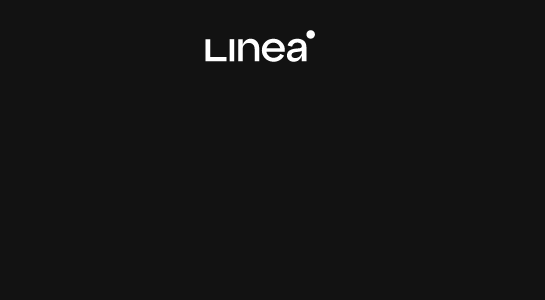Can Layer-2 Networks Be Trusted? (after Linea shutdown)
Crypto users immediately decried Linea’s actions across social media, arguing that the company had violated the industry’s core principle, decentralization. If a few people could halt Linea in their pajamas, then how could the network be considered any better than Wells Fargo?
Late Saturday, an Ethereum layer-2 network called Linea found itself stuck between a rock and a hard place.
Using an exploit, attackers had drained $2.3 million worth of ETH from a decentralized exchange that operates on Linea, called Velocore. Unable to reach the Velocore team, Linea’s leadership made the decisive call to freeze all transactions across the network in an effort to prevent further malfeasance. The plan worked: Linea users were insulated from additional losses.
That’s when the trouble started.
Crypto users immediately decried Linea’s actions across social media, arguing that the company had violated the industry’s core principle, decentralization. If a few people could halt Linea in their pajamas, then how could the network be considered any better than Wells Fargo?
Linea immediately pivoted, posting on Twitter that the network was still in the “training wheels” phase of decentralization, but that it planned to eventually transition to a completely trustless structure.
The incident laid bare a contradiction, some developers say, that doesn’t only pertain to just one blockchain. Rather, it exposed flaws in the entire, burgeoning layer-2 ecosystem—a collection of privately owned networks that has been frequently touted as Ethereum’s path forward.
“So you're saying you intervened on behalf of users here, but in the future, hopefully, if you work really hard, you won’t be able to intervene and your users will lose all their money?” Tom Lehman, the co-founder of several Ethereum projects including layer-1 alternative Facet and Ethscriptions, told - “It doesn’t make sense.”
To Lehman, the contradictions exposed by Linea’s public relations woes this week are not isolated—they are endemic to layer-2 networks.
“Having a layer-2 that's centrally controlled is not a problem,” he said. “It’s just that every single one of them being centrally controlled is a problem.”
Nearly all major scaling networks—like Optimism, Arbitrum, Base, and Polygon—were created by private, for-profit companies. Most rely on sequencers, controlled by the network’s team, which batch transactions together and submit them to the Ethereum mainnet. In such cases, like Linea’s, project teams have the power to effectively shut off a network by halting said sequencers.






